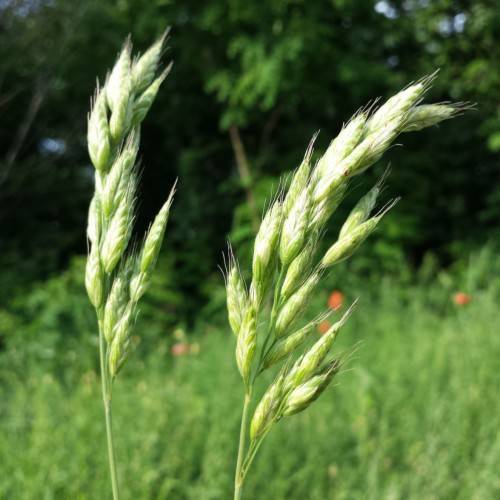
Lesser Soft Brome
Bromus x pseudothominii
Watering:
Average
Hardiness Zone:
Sun:
full sun,part shade
Leaf:
Yes
Growth Rate:
Low
Drought Tolerant:
Yes
Salt Tolerant:
Yes
Thorny:
Yes
Care Level:
Medium
watering
Suksdorf's Brome requires moderate watering of about ¼" every 1 to 2 weeks. During the spring and summer months, it will also benefit from weekly rainfall and occasional additional watering to maintain the soil consistently moist. During the hot and dry summer months, it will do best if watered to a depth of 1"–2" every 2 to 3 weeks. To avoid potential root rot, the soil should be allowed to drain properly after each watering.
sunlight
Suksdorf's Brome (Bromus suksdorfii) grows best in full sun. It is an attractive species for areas with moist soils. It should receive 6-8 hours of direct sunlight per day; however, it can tolerate some partial shade.
pruning
Suksdorf's Brome (Bromus suksdorfii) typically requires moderate pruning to maintain its health. Pruning should occur once a year, during the early spring. During the pruning process, dead or weak stems should be removed, and any ivy-like stems should be trimmed back to the base. As the plant grows, it may become too tall. In this case, the stems should be cut back to the desired size. It is important to note that pruning too aggressively can negatively affect the overall health of the plant. Subsequently, it is important to only remove 1-third of the plants leafy growth each pruning session.
